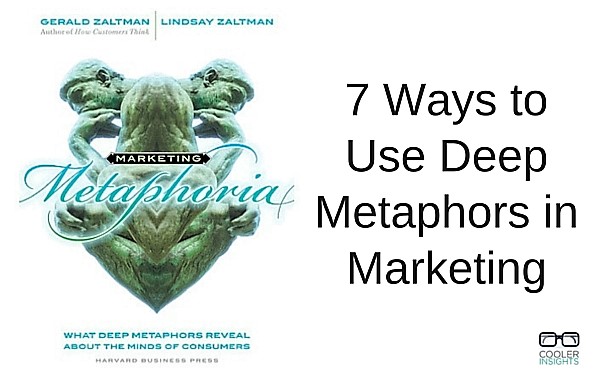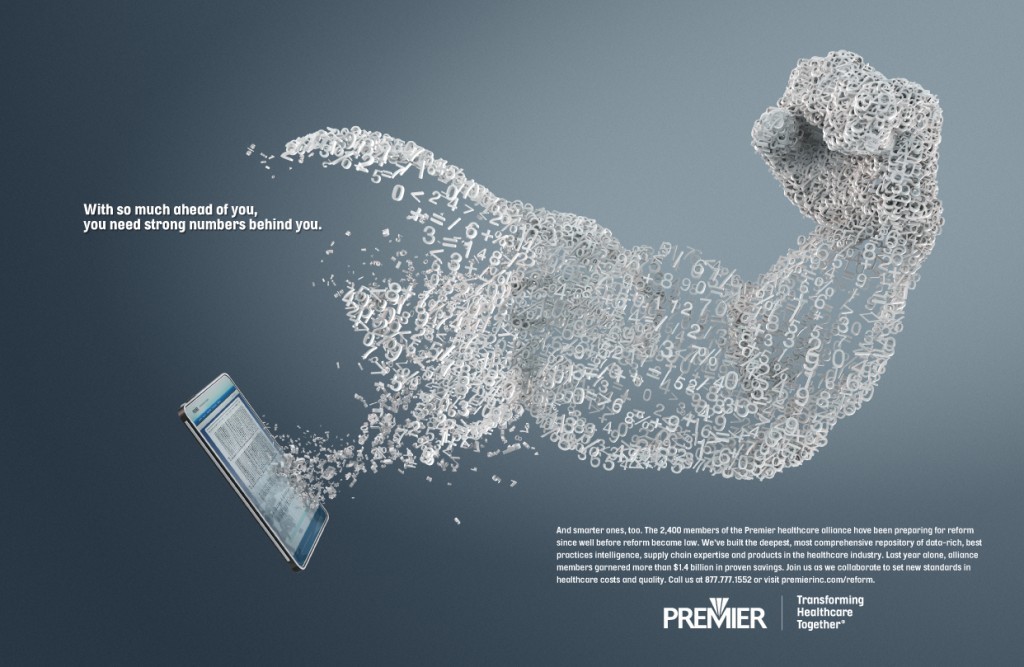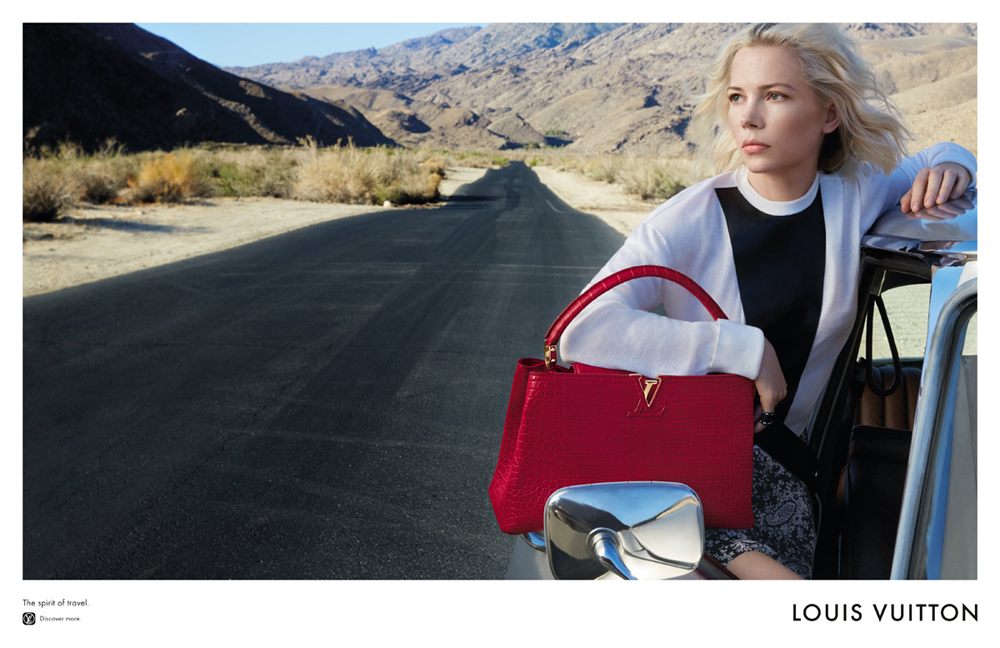Have you used metaphors for your marketing efforts? What were the outcomes of your attempts?
An integral part of your everyday life, Analogies and Metaphors are popular storytelling methods which simplify complex ideas and imbue them with meaning. They help to make your advertisements, articles, and brand stories come alive.
Metaphors constitute the essence of our “mindscape”. They help us to describe what we think, feel, hear, say and do in a way that is deeper, richer, and more impactful fashion. Metaphors also help to drive human behaviours and add colour to our world.
Deep Metaphors in Marketing
Tapping the fields of consumer psychology and research, Marketing Metaphoria by Gerald Zaltman and Lindsay Zaltman described how “deep metaphors” can help marketers better understand their customers.
According to the authors in an interview with HBR, deep metaphors can be understood as follows:
Deep metaphors are basic frames or orientations we have toward the world around us. They are “deep” because they are largely unconscious and universal. They are “metaphors” because they recast everything we think about, hear, say, and do. Because deep metaphors shape the way we engage the world, an understanding of them is necessary to explain why we think and act as we do. – Gerald and Lindsay Zaltman
This slim and highly readable book tells us that these “human universals” are found in virtually every society. They are often used to express ideas which may not come across well using pure description alone.
For example, a deep metaphor like “resource” is often expressed through “themes” (eg money is like liquid) and “surface” metaphors (eg “I am drowning in debt” or “Don’t pour your money down the drain”).
Citing the problem of depth deficit amongst managers – “never confuse working hard with thinking hard” – the Zaltman’s felt that uncovering the similarities in varied consumer behaviours may be more fruitful than focusing on their differences. In other words, age-old techniques in consumer and marketing segmentation like demographics, psychographics or behaviours may be moot.
Instead, one should probe more deeply into the emotional and subconscious drivers of consumer behaviours. By doing so, marketers better able to penetrate the fortress of their customer’s minds, and understand how their products and brands may be viewed through consumer lenses.
7 Deep Metaphors
What are these deep metaphors then? There are seven main ones and they are as follows:
#1 Balance
This covers ideas of harmony, equilibrium, adjustment and the maintenance and offsetting of forces. Examples cover physical, moral, social, aesthetic and social balance.
An example of how balance can be conveyed in advertising is shown below:
Smirnoff’s advertisement uses “Balance” as a deep metaphor (source of image)
#2 Transformation
This involves a changing state or status, eg “turning over a new leaf”, children putting on makeup to play adult roles. They can be both positive (marriage) or negative (death).
An example of how transformation can be conveyed in advertising is shown below:
Premier’s ad focuses on “Transformation” as a metaphor (source of image)
#3 Journey
As the saying goes, life is a journey. Confucius has famously said that “a journey of a thousand miles begins with a single step.”
Journeys can be both predictable and unpredictable, can be fast or flow (“time flies”), and both uphill and downhill.
An example of how journey can be conveyed in advertising is shown below:
Louis Vuitton’s ad above focuses on “Journey” as a metaphor (image source)
#4 Container
This metaphor looks at either keeping things in or keeping them out, becoming a form of protection or trap. We can be in a good or bad mood, stuck in a rut, store up our money, energy, and goodwill. Memories form one of the most vital containers for many of us.
An example of how container and journey can be conveyed in advertising is shown below:
What are the metaphors in this advertisement? (image source)
#5 Connection
Another universal deep metaphor, one which looks at feelings of belonging or exclusion. One can be connected to friends through social networks, and feel disconnection when losing a job, sending kids to college and so on.
An example of how connection can be conveyed in advertising is shown below:
AT&T’s ads showcase how “Connection” can be used as a metaphor (image source)
#6 Resource
Other than the more obvious food, water, money and fuel, resources may also be our friends or family members. Just think of Simon and Garfunkel’s “Bridge Over Troubled Waters” or the well-worn expression “a friend in need is a friend indeed”. One may also be a “walking encyclopedia” or “Mr Fixit”.
An example of how resource and container can be conveyed in advertising is shown below:

This advertisement uses the deep metaphors of resource and container (Courtesy of Meghan’s Blog)
#7 Control
Now control doesn’t merely apply to those in power and authority. Rather, everyone of us need some degree of control.
When people succumb to a disease, they feel “powerless”. Social norms may also dictate how people should behave, and losing control often denotes having a meltdown, throwing a tantrum or blowing our stack.
An example of how control (or the lack of control) can be conveyed in advertising is shown below:
An example of “Control” (or lack of control) is shown here (image source)
Other Deep Metaphors
Other than the seven metaphors (kind of like Seven Giants or the Seven Dwarves in Snow White), other “lesser” deep metaphors include the following:
- Movement/Motion: These are quite self-evident, and can be useful in marketing messages for products that helps one to move “upwards” in life.
- Force: Another popular deep metaphor, where notions of power or strength may be conveyed.
- Nature: A popularly used deep metaphor, especially for health or fitness related products and services.
- System: Commonly used by technology services and B2B solution providers.
These metaphors, like the ones above, are discerned through deep questioning and interview methods. They involve trained facilitators who are able to use visual aids to paint vivid pictures and descriptions of consumer’s thoughts, feelings and perspectives on various consumption scenarios.
Workable Wondering
To leverage on deep metaphors in consumer insight reports, marketing communication materials, products/services, and brands, the Zaltmans propose that one could adopt a strategy for “workable wondering”.
In order to meet the customer’s personal values and life goals, you should develop product attributes that have functional and emotional consequences (psychological and social) that are seen to be aligned to those metaphors. When you do so, consider the personal and social relevance of your messages vis-à-vis that of your target audiences, and how they can be shaped to fit how they think and feel.
Like any other competitive strategy, the authors have also proposed that companies should focus on deep metaphors that are not already “owned” by a competitor. In other words, if every car company in the world are using “container” or “movement/motion” as deep metaphors, you could perhaps use “connection” or “transformation” as ways to promote your vehicle.
Finally, focus is a key virtue here. You should not go overboard in trying to be all things to all men in your use of metaphoric language and approaches.
Tool for Advertising and Marketing Messages
Overall, I found the book an enjoyable and enlightening read, albeit a little short on implementation details.
My guess is that Marketing Metaphoria probably worked better as a primer to spur change in marketing research more rather than a textbook telling you how to do it.
If you are jaded by the effectiveness (or ineffectiveness) of existing techniques in consumer research, deep metaphors may be a good weapon to add to your marketing arsenal.
EXTRA: More Examples of Visual Metaphors
To help you better visualise how deep metaphors could work, I’ve combed through the web to find more examples of metaphors in ads, posters and other visual content. See if you can decipher which metaphors these images fall under.

Image source: Ads of the World


Image source: Ads of the World








A new concept for me.
Thanks
Manuel
I just want to appreciate your work. Excellent work, In other words we can say nicely executed. Keep sharing. Thank you.
A Social Media, Public Relations and Influencer Marketing Agency
Very nice explanation about marketing articles, thks